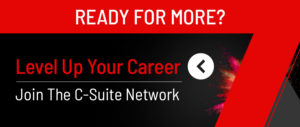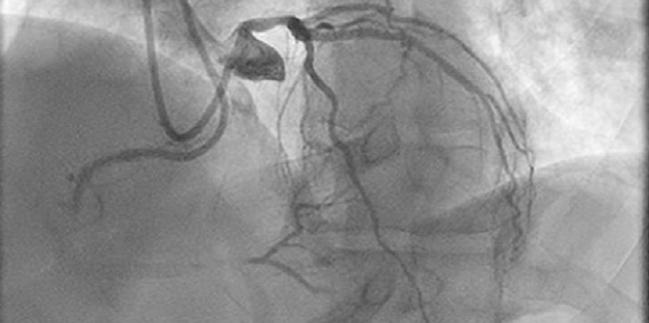
ANALYSIS Consumer Healthcare: Growing Importance of Patient Education and Communications Solutions
ANALYSIS Consumer Healthcare: Growing Importance of Patient Education and Communications Solutions https://csuiteold.c-suitenetwork.com/wp-content/uploads/2017/08/analysis-consumer-healthcare-growing-importance-of-patient-education-and-communications-solutions.jpg 620 360 C-Suite Network https://csuiteold.c-suitenetwork.com/wp-content/uploads/2017/08/analysis-consumer-healthcare-growing-importance-of-patient-education-and-communications-solutions.jpg
Free Competitor Price Comparison Report
Import.io provides price comparison and price change monitoring and reports. Get a free sample report comparing your prices with those of your competitor. Learn more!
As the healthcare industry shifts to value-based care models, patient education and communication solutions increasingly have become an investment priority for care providers and payers. Consumers have many means, whether digital or analog, to acquire medical knowledge and personal health information, and they tend to reach out to their doctor when sick, or when they have complex health questions.
Traditionally, doctors do not proactively reach out to their patients — especially when their patients aren’t sick. This model is changing, however, due to the increasing popularity of value-based care models. The need for hospitals and doctors to reach out to consumers/patients will increase sharply because of the following factors:
- Public and private health payers demand that care providers collect customer satisfaction data (e.g., HCAHPS score) after a care episode, including such data as quality-of-care metrics that directly impact how care providers get paid.
- Hospitals will face revenue shortfall, plus penalties, if a discharged patient is readmitted within 30 days for the same diagnosis. Proactive patient education and communications are critical to a patient’s recovery and overall health, making solutions a worthwhile investment for hospitals and health systems.
- Value-based care models have many different schemes. Most require care providers to be responsible not only for patients’ episodic acute care needs, but also for their ongoing health and wellness maintenance needs, to reduce expensive medical services. This latter requirement usually is tied to a payment incentive (e.g., extra payout or shared savings). Proactive patient education and communications solutions are critical to preventive care’s success, thus becoming a pillar component in many value-based care models.
The defining attributes of a winning patient education and communications solution include being proactive, interactive, personalized and outcome-driven. Scoring well on all these attributes is a tall order, as the overall market for patient education and communications solutions is still in the early stages: Care providers are learning what to deploy and how to deploy, whereas solution vendors are striving to understand what features their customers need, and how to prove value and differentiate against one another.
Market Opportunities
The newfound market interest in…






